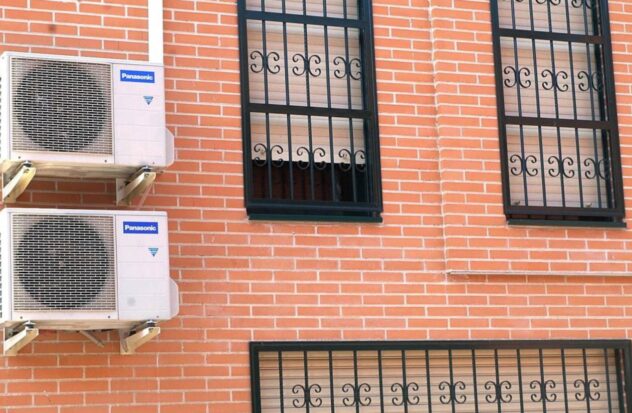One of the most controversial issues in neighborhood communities is the presence of air conditioners on the facades of buildings. There are many complaints that reach administrators and community presidents daily about this element that, when summer arrives, is so necessary to alleviate the high summer temperatures.
Air conditioners usually consist of two elements. On the one hand there is the split, which is located inside the house. And on the other hand there is the compressor, which It is the element that generates the most discussions since it is the one that should go on the façade of the building..
What does the Horizontal Property Law (LPH) say about air conditioners?
The answer to the The question about air conditioning is in article 7 of the LPHwhich specifies that the owner of each apartment or premises may modify the architectural elements, facilities or services thereof when it does not undermine or alter the security of the building, its general structure, its external configuration or state, or harm the rights of another owner, must previously report such works to whoever represents the community.
Therefore, the installation of air conditioning units requires the prior authorization from the Board of Owners since it affects the structure y static of the property, which are common elements in the horizontal property regime.
Furthermore, there are Municipal ordinances that are restrictive with the installation of this type of devicesespecially in areas considered of historical or cultural interest, where the regulations are much more demanding.
Are there exceptions for the installation of air conditioning?
There are some exceptions in this case:
- If the installation does not affect common elements, authorization is not required. In this case, there is jurisprudence
- If the community already contemplates in its statutes the possibility of installing air conditioners and the place, there will be no need for communal approval.
- It will be necessary to take into account the cases in which you want to replace an already installed unit.
What number of votes is necessary for it to move forward?
It requires the favorable vote of 3/5 of the total owners, representing 3/5 of the participation fees. However, some rulings have even required unanimity when considering that the installation affects the aesthetics and structure of the building.


